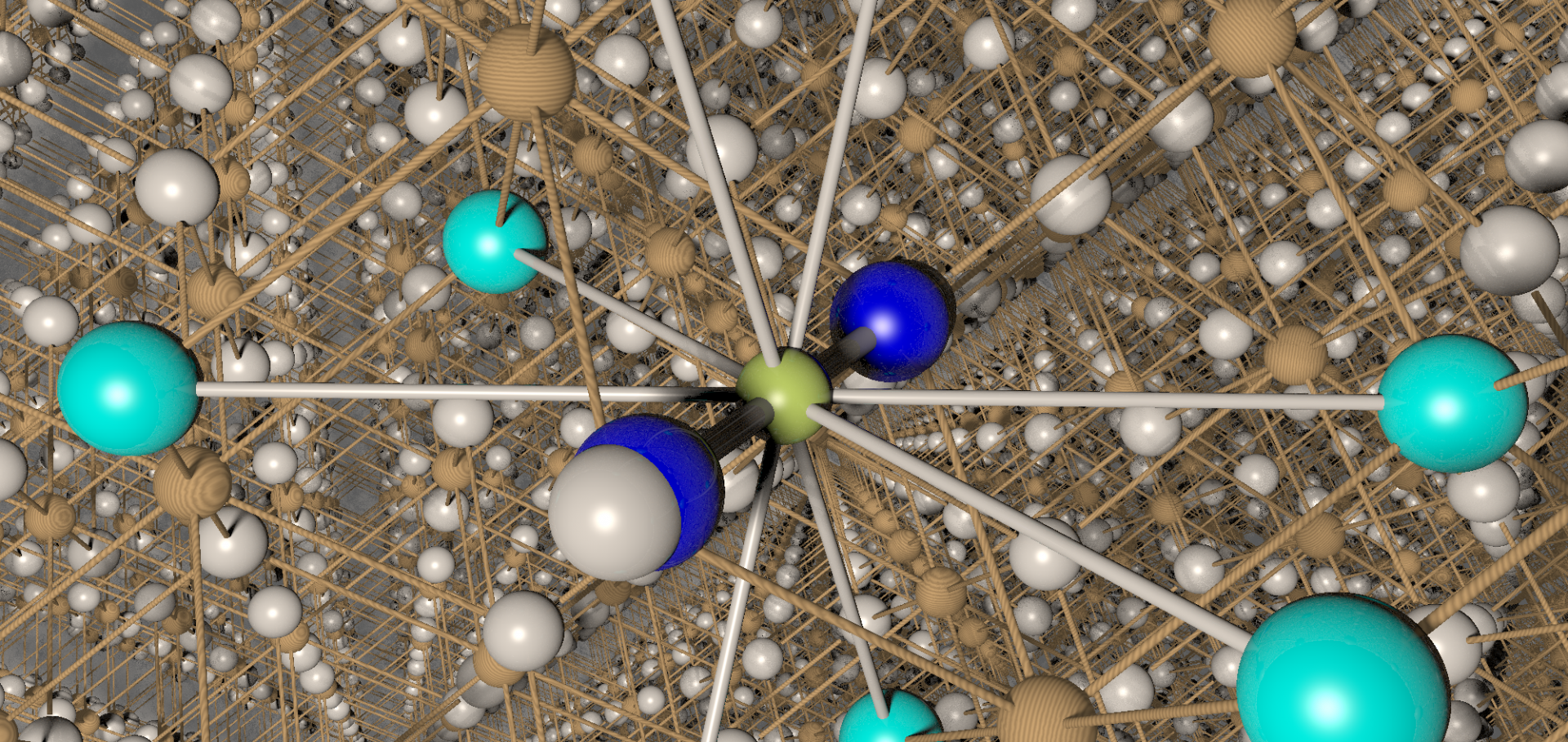Effect of magnetic breakdown on angle-dependent magnetoresistance in a quasi-two-dimensional metal: An analytically solvable model
Physical Review B - Condensed Matter and Materials Physics 77:1 (2008)
Abstract:
We have developed an analytical model of angle-dependent magnetoresistance oscillations (AMROs) in a quasi-two-dimensional metal in which magnetic breakdown occurs. The model takes account of all the contributions from quasiparticles undergoing both magnetic breakdown and Bragg reflection at each junction and allows extremely efficient simulation of data which can be compared with recent experimental results on the organic metal κ- (BEDT-TTF)2 Cu (NCS)2. AMROs resulting from both closed and open orbits emerge naturally at low field, and the model enables the transition to breakdown-AMROs with increasing field to be described in detail. © 2008 The American Physical Society.Effect of magnesium doping on the orbital and magnetic order in LiNiO2 (vol 78, art no 104409, 2008)
PHYSICAL REVIEW B 78:10 (2008) ARTN 109903
Muon-fluorine entangled states in molecular magnets.
Phys Rev Lett 99:26 (2007) 267601
Abstract:
The information accessible from a muon-spin relaxation experiment can be limited due to a lack of knowledge of the precise muon stopping site. We demonstrate here the possibility of localizing a spin polarized muon in a known stopping state in a molecular material containing fluorine. The muon-spin precession that results from the entangled nature of the muon spin and surrounding nuclear spins is sensitive to the nature of the stopping site. We use this property to identify three classes of sites that occur in molecular magnets and describe the extent to which the muon distorts its surroundings.mu+SR as a probe of anisotropy in low-dimensional molecular magnets
J PHYS CHEM SOLIDS 68:11 (2007) 2039-2043
Abstract:
We describe how muon-spin rotation (mu+SR) can be particularly effective in determining the onset temperature of 3D ordering in low-dimensional molecular magnets, even when the low dimensionality means that this transition is masked in data from bulk thermodynamic probes such as heat capacity measurements. We illustrate the use of mu+SR with various copper-based magnets, including copper pyrazine dinitrate, Cu(C4H4N2)(NO3)(2), which orders below 0. 107 K, and also for the organic radical-ion salt DEOCC-TCNQF(4) which appears to be one of the most ideal examples of 1D S = 1/2 Heisenberg anti ferromagnets yet discovered. (c) 2007 Elsevier Ltd. All rights reserved.Fluctuating superconductivity in organic molecular metals close to the Mott transition.
Nature 449:7162 (2007) 584-587


